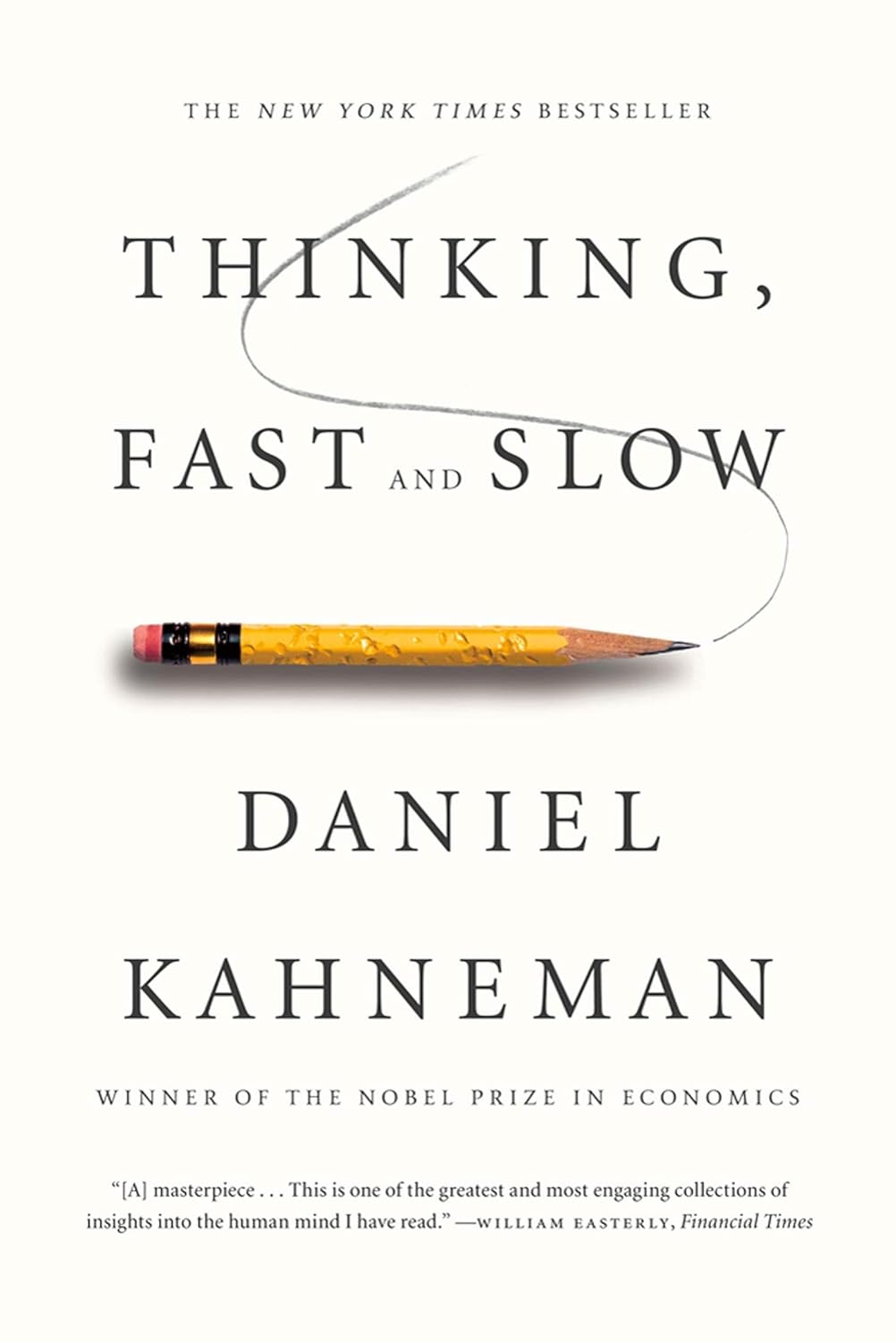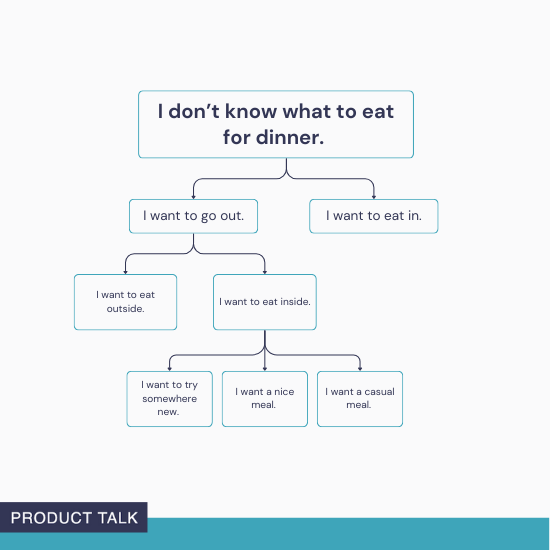The Surprising Viability of the Four-Day Workweek
Alexis Franklin Is the shift to a four-day workweek a real movement, a post-pandemic fad, or a pipe dream? In her new book, Four Days a Week: The Life-Changing Solution for Reducing Employee Stress, Improving Well-Being, and Working Smarter (Harper Business, June 2025), Juliet B. Schor, an economist and sociologist at Boston College, sheds light […]

Alexis Franklin

Is the shift to a four-day workweek a real movement, a post-pandemic fad, or a pipe dream? In her new book, Four Days a Week: The Life-Changing Solution for Reducing Employee Stress, Improving Well-Being, and Working Smarter (Harper Business, June 2025), Juliet B. Schor, an economist and sociologist at Boston College, sheds light on the phenomenon. Since 2022, Schor and a team of researchers have been engaged in the largest study of the four-day workweek yet, examining 245 organizations and 8,700 employees across a range of industries, demographics, and national contexts. The book reveals their findings so far: that a four-day workweek proves to be a surprisingly viable model for many organizations, with broad benefits for both employees and employers. MIT Sloan Management Review spoke with Schor to better understand how these companies are making a shorter week work and why most are choosing to stick with it. This conversation has been edited for clarity.
MIT Sloan Management Review: It’s been 85 years since the 40-hour, five-day workweek became standard in the U.S. Why do you think now is the moment for a shift to a four-day workweek?
Juliet Schor: There are a few key reasons. First, similar to the transition to the five-day workweek, what we’re seeing now is an employer-driven movement, which makes it more likely to have momentum than if it were solely worker-driven.
Second is AI, because with technology that has the potential to displace so much labor, maintaining rigid work schedules doesn’t make sense. It just makes it harder to maintain high employment levels as we see more AI-driven productivity growth.
The third piece is that so many workers are struggling. The phrase we heard from employees so much was, “Two days [off] is not enough.” That’s key to people’s sense of not being in control of their lives or having sustainable schedules. Employers are responding to this because it’s the right thing to do and it hurts the bottom line when people are stressed-out, disengaged, or quitting.
What are the main findings from your study, and what surprised you most?
Schor: We find that the results of the shift to the four-day workweek have been remarkably consistent across three years, different countries, and different work modalities — hybrid, remote, and in person.
The model used is called the 100-80-100 model: Employees get 100% of their pay, work 80% of their schedule, but must maintain 100% of their productivity. It’s not expected that individuals will figure this out alone. There’s a work reorganization process where the organization comes together, ideally with bottom-up participation, to identify what’s wasting time and how to accomplish the same amount in less time.
We have 20 well-being metrics, and they all show improvement. For companies, most report good productivity outcomes, with many seeing self-reported productivity increase. At the one-year mark, 90% of companies we studied were still using the four-day week.
Several things surprised us. First, work intensity barely moved. This suggests organizations figured out how to save time rather than just speeding people up.
Second, we saw no increase in second-job holding anywhere and, in fact, saw a small decrease.
Third, the social connections that many worried would thin out with a four-day week didn’t decline at all. The scale of “relatedness” — how well people relate to colleagues — remained strong.
The statistical modeling of well-being improvements showed two patterns: The bigger the work-time reduction, the bigger the well-being increase. That was somewhat expected, but what was surprising was that the improvements were consistent across demographic categories — gender, race, age — that normally matter a lot. None of these factors affected the size of the well-being improvements.
We were initially concerned that the well-being improvements might be related to the pandemic recovery — people feeling better as things reopened. But we didn’t find that at all. The time period doesn’t affect the results. The consistency across time and countries may be because this is such a significant change. Unlike programs that tinker at the edges, like yoga classes or mindfulness, this is big and bold, which may be why it works in so many different contexts.
How do companies implement the four-day workweek while maintaining productivity?
Schor: There are two types of companies in our study. The first group follows the 100-80-100 model. They maintain productivity because they weren’t necessarily working efficiently before. Many had too many meetings, distractions, and time-wasting activities. Although they could have addressed these problems at any point in the past, the four-day week was a forcing mechanism that required them to become much more intentional about working efficiently.
For example, one rapidly growing company got a big new client right when they switched to a four-day week. They told us, “If it weren’t for the four-day week, we don’t think we could have done it because everyone would have burned out.” They became more efficient by improving their documentation practices, which they hadn’t prioritized before.
The second group consists of companies that were burning workers out, having many resignations, and struggling to fill positions. For them, giving people more time off reduced extremely costly turnover. One marketing team had 30%-40% annual turnover before implementing the four-day week. After implementation: zero resignations. They found that team stability allowed them to sell more business to existing clients and spend less time recruiting and training.
How do companies handle external stakeholders, like clients who may not be on a four-day schedule?
Schor: Companies handle this in different ways. Some split their staff into two groups to cover all five days. But interestingly, many found that their clients were supportive. One head of customer service told her biggest client that she wouldn’t be available Fridays, and their response was basically, “You go, girl!”
Another CEO reports that when clients see her out-of-office message about the company’s four-day week, many reply enthusiastically. I think there [was] a shift in common sense during the pandemic; it became legitimate to acknowledge that people needed a break.
Some companies track client satisfaction carefully when transitioning and find no problems. And some don’t even tell their clients — the clients don’t necessarily notice.
Does it matter how the four-day workweek is structured?
Schor: From what we’ve seen so far, the form of work-time reduction doesn’t seem to matter much. We tested whether having three contiguous days off, like Friday through Sunday, makes a difference, but for well-being impacts, it doesn’t. Some companies offer employees a choice between a full day off or shorter days all week, but most choose the full day.
What does matter is the total reduction in hours. We have a group with a one-to-four-hour reduction, another with five to seven hours, and another with eight-plus hours. As you move to groups with larger reductions, you see much bigger well-being improvements.
What adjustments do companies typically make after implementing a four-day week?
Schor: We see various tweaks companies make. Some create emergency access protocols for the off day. Others develop different categories of days off — some where you can completely disconnect as if on vacation, others where you must be available for emergency calls.
Some companies adjust their approaches for weeks with holidays. And some reconsider their unlimited paid-time-off policies.
An architecture firm found that when project managers couldn’t access staff from Thursday to Monday, it was too long, so they created a system where they could call people on Fridays, if needed. These adjustments are usually small and don’t undermine the overall benefits.
Are there upfront investments or challenges companies face when transitioning?
Schor: For most companies, it doesn’t require significant money. Some invest in project management software to deal with meetings and distractions, but these aren’t major investments.
It does require upfront thinking, planning, and organizing. While a few companies simply announce the change with no preparation, most approach it thoughtfully to maintain productivity.
Some companies do need to add a small amount of staff in certain areas, but those costs are typically small relative to the overall benefits they gain.
If the benefits are so clear, why aren’t more companies implementing a four-day workweek?
Schor: There are several possible explanations. There could be selection bias in our trials — maybe only companies for whom it would work well are opting to try it at all. But I think many more companies could do it successfully.
Some may face structural challenges — like a university we spoke with that could implement it for staff but wasn’t sure how to make it work for faculty, who already control their schedules.
The vast majority of companies that try it stick with it. I especially hope people in positions to make changes at their organizations read the book, see themselves in these company stories, and think, “Maybe I should try this out.”








































































































![Building A Digital PR Strategy: 10 Essential Steps for Beginners [With Examples]](https://buzzsumo.com/wp-content/uploads/2023/09/Building-A-Digital-PR-Strategy-10-Essential-Steps-for-Beginners-With-Examples-bblog-masthead.jpg)




















































